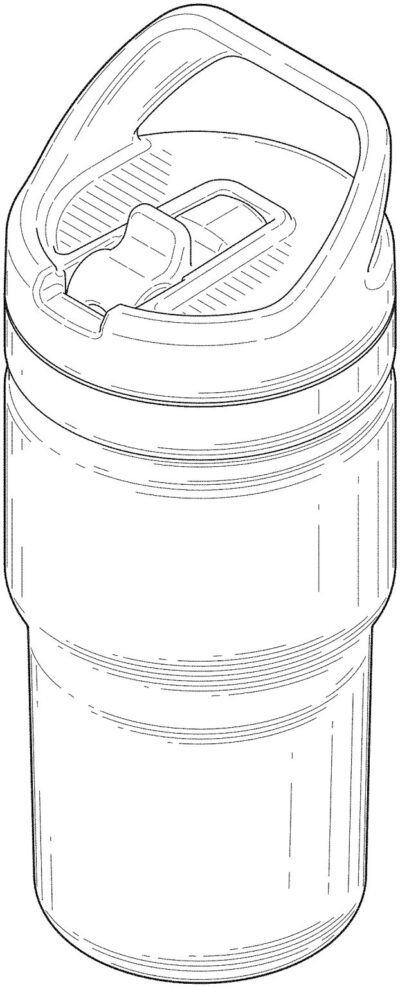Five. The answer is five.
Assuming your company makes technical innovations worth protecting and you’ve done your homework to identify what they are – I am going to guess you found at least two ideas worth patenting.
One relates to your million dollar idea that got you started. The other is another way you could implement your business, but are not going to. Remember we want to create a barrier to all entry points for your new field, not just stop copy cats.
Once you get your patenting feet wet on the above ideas, you can start thinking about great new features that your product could use. These features might not be essential to the product but users will want this over the plain version offered by your competitors. Now is your land grab moment: cheaper ways to make it, modest optimizations, add-on features, natural integrations with trends, more cup holders. Fill your portfolio with as many of these features or improvements as you can before new entrants start thinking about them. A few years after a new technology or business is popularized, there are hundreds of patent applications filed by people who contributed nothing to the original.
Inevitably, if you are successful, you will collide with the 800-lb Gorillas of your industry. They are jealous of your disruptive nature and growing market share. You are jealous of there massive treasure chest. Rather than bow to their size, you have an option to licence or cross-license a patent of yours that is standing in their way. How did you get this patent? Well you had the foresight to file an application years ago for an invention that you suspected would read on to where the 800-lb Gorilla was evolving.
Then there is the future. Assuming your business progresses, it won’t always be done the way you are doing it today. AI, IoT, BlockChain, 3D printing? Will the promising buzzwords of today be the reality of your product tomorrow. You can wait a few years to find out BUT by then the idea might be considered obvious or worse yet patented by your competitor. You won’t even be able to evolve your business into the field you disrupted in the first place.
A better strategy would be to spend some time now thinking about how your product and field could evolve. What features would your product have that is just not feasible today. You must be able to explain in your patent how one would put your idea into practice but it doesn’t matter if the idea is currently too costly to make, would be too big, too slow to use, or there are no mass manufactures of the parts at the moment. Remember, we are assuming these problems all get solved. Maybe people will use your idea with their hoverboards in 2025. At least you had the ability to imagine that this would happen and now you own that patent.



